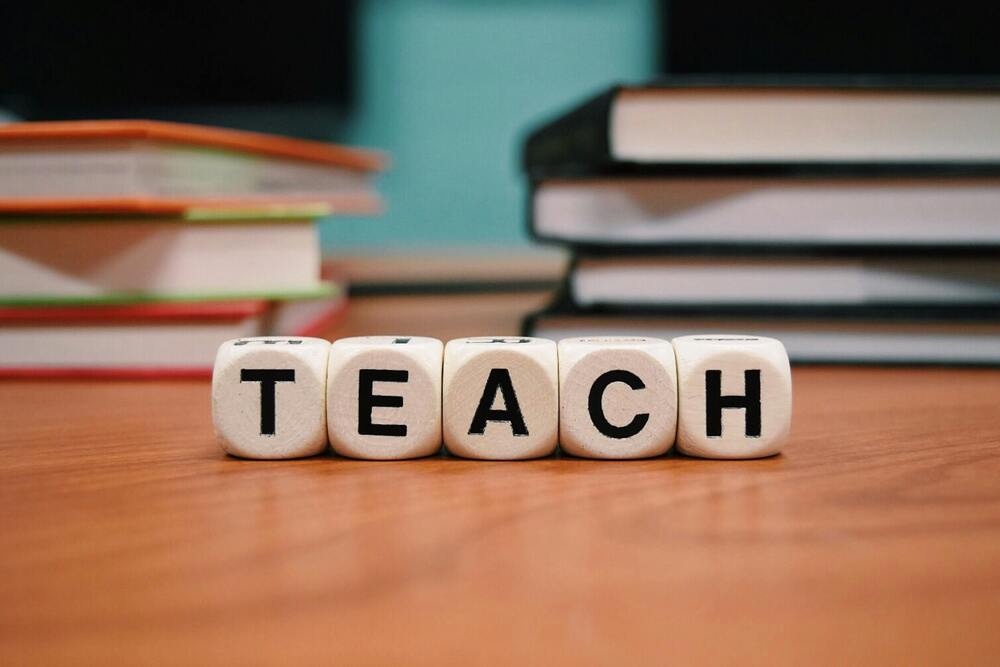In today's rapidly evolving educational landscape, Project-Based Learning (PBL) has emerged as a transformative approach that engages students in real-world challenges. This method not only fosters critical thinking and collaboration but also enhances student motivation and retention. ? In this guide, we will explore the essential steps for implementing PBL in your classroom, supported by rich statistics and clear tables to help you navigate this innovative teaching strategy.

Understanding Project-Based Learning
Project-Based Learning is an instructional methodology that encourages students to learn by actively engaging in real-world and personally meaningful projects. According to a study by the Buck Institute for Education, students in PBL environments scored 8-10% higher on standardized tests compared to their peers in traditional classrooms. ? This statistic highlights the effectiveness of PBL in enhancing academic performance.
Key Benefits of Project-Based Learning
- Enhanced Engagement: Students are more motivated when they see the relevance of their work.
- Development of Critical Skills: PBL fosters skills such as problem-solving, collaboration, and communication.
- Improved Retention: Students retain information better when they apply it in practical contexts.
Step-by-Step Guide to Implementing PBL
Step 1: Identify Learning Goals
Before diving into a project, it's crucial to define clear learning objectives. What do you want your students to achieve? Align these goals with your curriculum standards. For example, if you're teaching a science unit, your goals might include understanding the scientific method and developing research skills.
Step 2: Design the Project
Create a project that is relevant and engaging. Consider the following elements:
- Real-World Connection: Ensure the project addresses a real-world problem or question.
- Student Choice: Allow students to have a say in the project topic or approach.
- Interdisciplinary Approach: Incorporate multiple subjects to enrich the learning experience.
Here’s a sample project design table:
| Project Element | Description | Emoji |
|---|---|---|
| Topic | Local Environmental Issues | ? |
| Duration | 4 Weeks | ⏳ |
| Student Roles | Researcher, Presenter, Designer | ???? |
| Final Product | Community Awareness Campaign | ? |
Step 3: Plan the Assessment
Assessment in PBL should be ongoing and multifaceted. Consider using rubrics that evaluate both the process and the final product. Here’s a sample assessment rubric:
| Criteria | Excellent (4) | Good (3) | Fair (2) | Needs Improvement (1) |
|---|---|---|---|---|
| Research Quality | Thorough | Good | Basic | Lacking |
| Collaboration | Highly Effective | Effective | Somewhat Effective | Ineffective |
| Presentation Skills | Engaging | Clear | Basic | Unclear |
| Creativity | Innovative | Good | Basic | Lacking |
Step 4: Facilitate the Project
As a teacher, your role shifts from lecturer to facilitator. Guide students through the project, providing support and resources. Encourage collaboration and problem-solving among students. Use tools like Google Classroom or Trello to help manage tasks and deadlines.
Step 5: Reflect and Evaluate
After the project concludes, hold a reflection session. Ask students to share what they learned, what challenges they faced, and how they overcame them. This reflection not only reinforces learning but also helps students develop metacognitive skills.
Step 6: Celebrate Success
Finally, celebrate the achievements of your students! Organize a showcase event where students can present their projects to peers, parents, and the community. This not only boosts their confidence but also emphasizes the importance of their work. ?
Statistics Supporting PBL
To further illustrate the effectiveness of Project-Based Learning, consider the following statistics:
- Increased Retention: Students engaged in PBL retain information 70% longer than those in traditional settings.
- Higher Engagement: 90% of students reported feeling more engaged in their learning through PBL.
- Skill Development: 85% of educators noted improved collaboration and communication skills among students.
Conclusion
Project-Based Learning is not just a teaching method; it's a powerful approach that prepares students for the complexities of the real world. By following this step-by-step guide, you can create an engaging and effective learning environment that fosters critical thinking, collaboration, and creativity. For more resources on PBL, check out the Buck Institute for Education and explore their extensive materials on project design and implementation.
Embrace the PBL approach and watch your students thrive! ?



